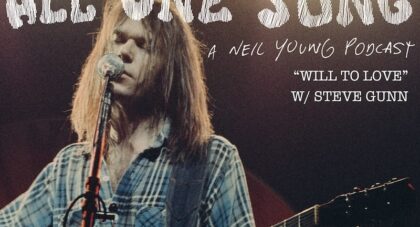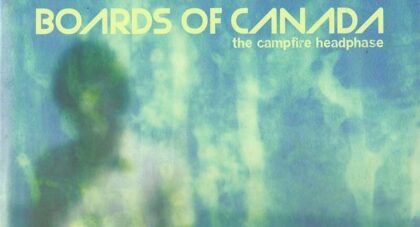In his 2011 book Mutants & Mystics: Science Fiction, Superhero Comics, and the Paranormal, Jeffrey J. Kripal writes: "Reality, if you will, comes to be in the space between the properly trained reader and the revealed text...Reading is mysticism." With that in mind, welcome to the second chapter of the Aquarium Drunkard Book Club, a recurring series of reading recommendations . . .
Only the good shit. Aquarium Drunkard is powered by its patrons. Keep the servers humming and help us continue doing it by pledging your support.
To continue reading, become a member or log in.


